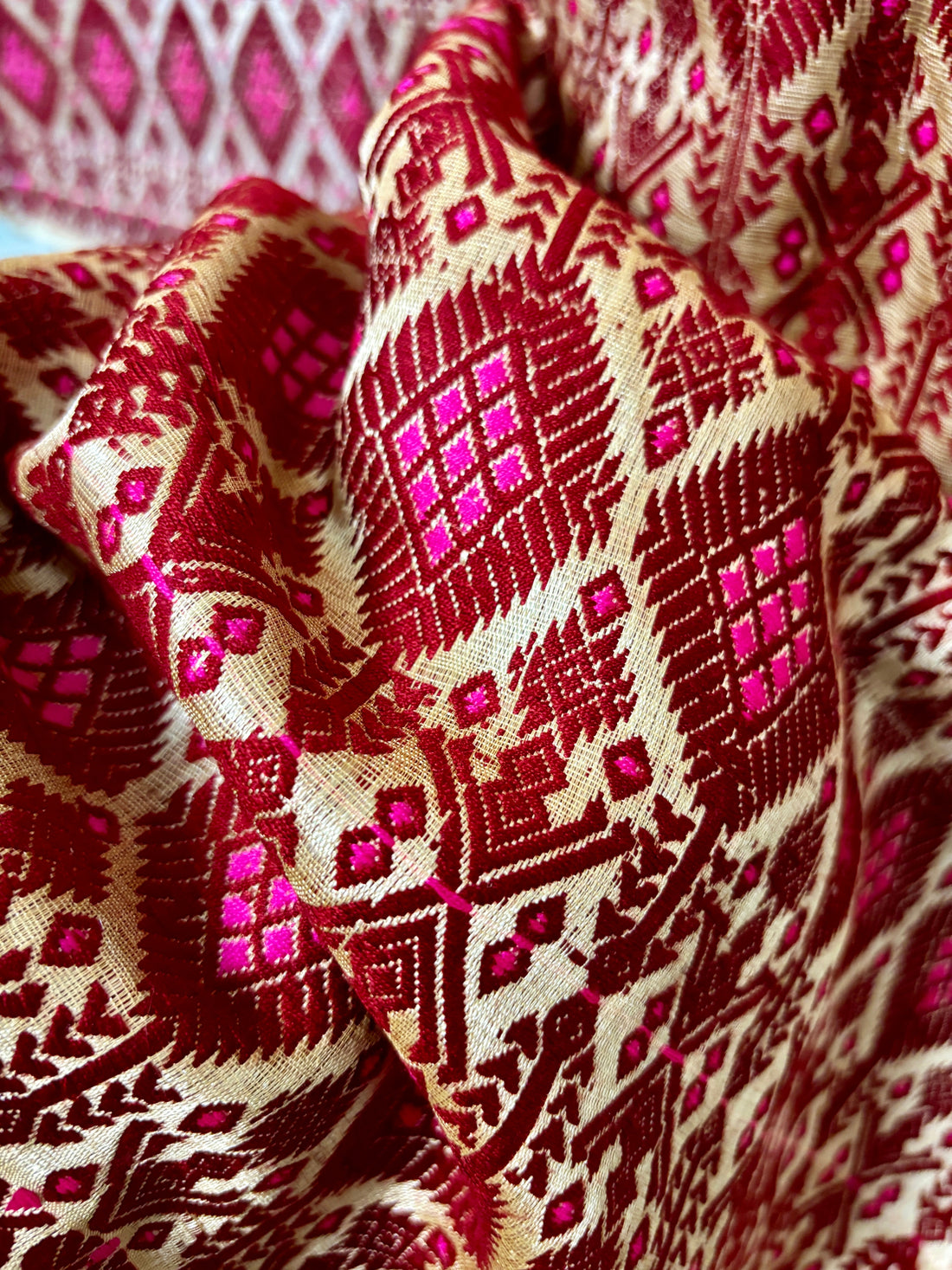
Bridging Tradition and Modernity: Reimagining Indian Fashion for the World
يشارك
Handmade textiles often struggle to find their place in mainstream fashion, frequently reduced to either novelty or outdated tradition. But Indian handloom products is not just about nostalgia or heritage; it has always been dynamic, evolving, and deeply personal. It is time to reframe the narrative and place Indian handwoven clothing in a modern context without losing its essence.
Since I started Arras, I have been driven by the idea of taking Northeast Indian style, textiles, and crafts—everything I grew up with—and interpreting them in ways that feel contemporary, wearable, and versatile. The richness of handwoven fabrics, the depth of traditional motifs, and the intricate craftsmanship should not be confined to ceremonial wear or occasional indulgences. Instead, they should seamlessly integrate into everyday life, offering a unique blend of heritage and modernity.
The beauty of handmade lies in its imperfections, in the hands that shape it, in the stories embedded within every weave and stitch. Each piece carries not only the skill of the artisan but also a history that connects us to something greater. However, for these traditions to thrive, they must also evolve. This means looking beyond rigid definitions of traditional wear and embracing a more fluid, adaptable approach to design.
At Arras, we work with weavers and artisans to create pieces that retain the integrity of Indian craftsmanship while allowing for effortless, modern styling. A silk saree draped differently, or a minimalistic dress featuring hand-dyed natural details—these are ways we honour the past while embracing the present.
For Indian handloom sarees and apparel to take its rightful place on the global stage, it needs to be seen not as ‘other’ but as an integral part of contemporary fashion. It should not be limited by geographical or cultural boundaries but rather celebrated for its uniqueness and versatility. Indian fashion is not just about heritage; it is about identity, expression, and the ability to evolve while staying rooted in something meaningful.
As we continue this journey, I invite you to see Indian fashion not as something distant or ceremonial but as something that can be part of your everyday wardrobe—wherever in the world you are. Because handmade, when reimagined with a modern perspective, is not just timeless; it is the future.
